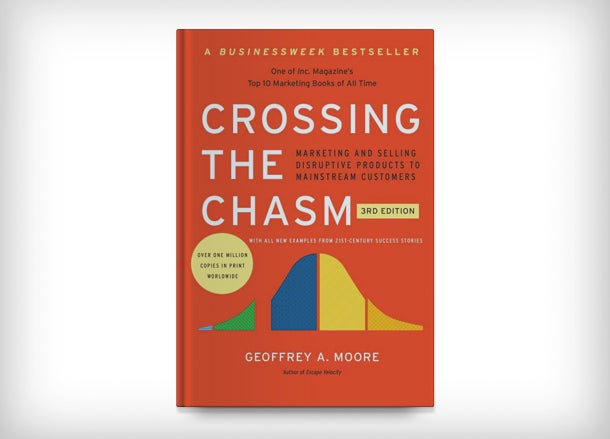
You don’t have to convince the average investor that the healthcare technology market is the hottest place to be these days. As the desire for consumer-facing tools like Fitbit grows and the need for cost-efficient care becomes more apparent, health IT startups are getting a lot of attention and a lot of capital. It seems that nearly each day a new financing is being announced.
But amid all the buzz over the latest wearables, cloud solutions, or the most robust EHRs, concerns of over-valuation are growing louder.
This past May at Rock Health’s Digital Health Investor Summit, when a room full of investors was asked whether private digital health companies are overvalued, 62 percent said yes. While there are more and more healthcare IT unicorns, there are fewer IPOs — in tech for example, there were about half as many IPOs in the first six months of 2015 than in the same time period one year prior. This proves public investors are taking a more critical look at fundamentals, such as revenue, actual growth, spending fluctuations, comparable multiples, valuations, etc.
From VentureBeat
With that in mind, how does an investor pick the health IT players that are most likely to provide returns and a path for an eventual exit such as getting acquired or going public.
First, investors must be wary of hype. With so much promising, health-centered technology coming out, it’s all too easy to get sucked into courting a startup before looking at market viability. As a late-stage investment firm, we only invest in two or three companies per year — and we don’t get too attached without asking ourselves: Is this solution addressing a large market? Is it innovative enough? What’s the potential market opportunity five years from now? What do their customers say?
It’s natural to get excited when you see a bunch of investors starting to put in term sheets. However, it’s almost like folks forget fundamentals just to be “in the deal” vs. asking “does this price make sense?” Many of these companies are not profitable and burn a lot of cash, so that means another financing is likely in the future. The higher the valuation, the higher the hurdle to find new capital as new investors will need to justify the valuation from a returns perspective. You then risk a down-round or, even worse, a “no-round.”
Next, let’s look at the company and do real due diligence by putting a potential investment under a microscope and looking at day-to-day operations as well as future prospects. At Montreux, if we’re intrigued by a health IT company’s cutting-edge ideas and ambitious plans, that’s a start. But we also need to know whether it’s backed by a management team that understands the key points of where the solution can go and the product pipeline and that can account for daily activities and expenditures. One of the benefits of coming in late is that you usually have a business that has operations and revenues. Oftentimes you can use comparable companies (based on size, growth rate, operating metrics, Total Available Market) that are publicly trading to see whether or not the valuation is in the right zip code.
Our most recent investment, for example, was in Kareo, a provider of cloud-based EHR, billing, practice management, and integrated electronic claims processing. We were able to spend the important time understanding the market, revenue growth, massive user base, product pipeline, all of which was top among its peers.
An investor has to be patient to find the right deal where he or she can get the right return. For us, embarking on a new venture means we believe we’ll make a solid return for our investors and add value to the company at this critical stage. The healthcare industry is transforming before our eyes in major ways; we just have to keep to some fundamental investing principles. Stay away from the hype, and we will have more sustainable companies, better more consistent returns, and a robust exit ecosystem.
Michael Matly, M.D., is a Principal at Montreux Equity Partners. He has been actively involved in Montreux’s late-stage investments in health services and technology. Before joining Montreux, he led Business Development and New Ventures at the Mayo Clinic Center for Innovation. He is also a founding advisor to Rock Health, a health incubator based in San Francisco.























